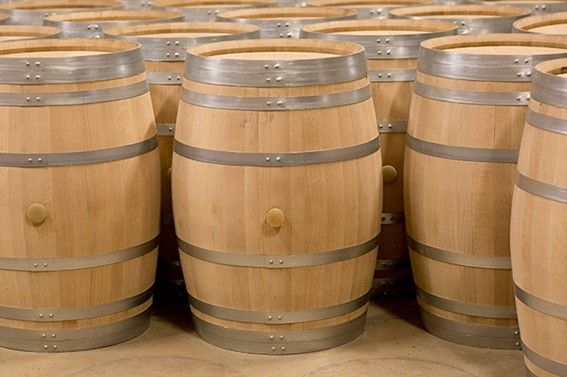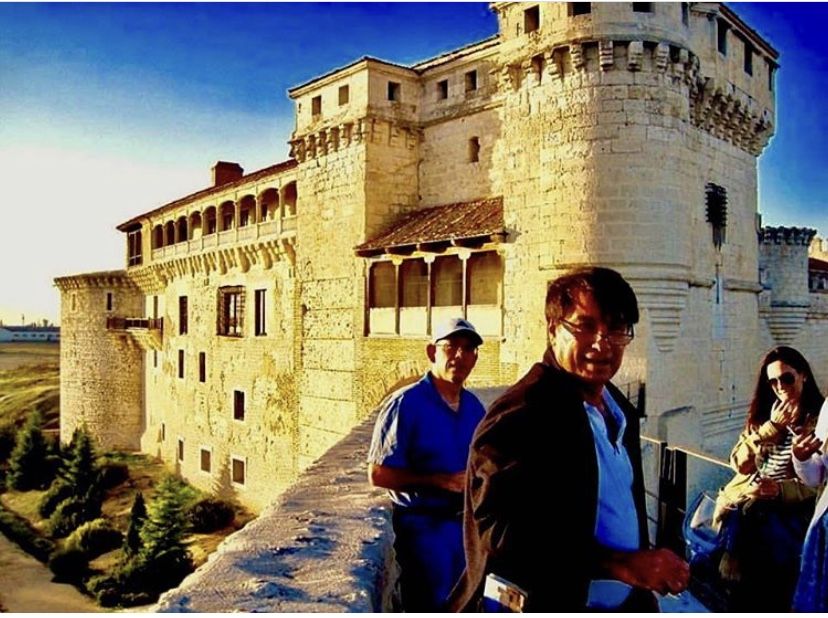Why oak wine barrels? What is the purpose?
If right now we stand before a crianza, reserva or gran reserva wine, and we look for something in common, surely oak wine barrels will automatically come to mind. And it is that without a doubt, our understanding would find it strange not to associate the concepts of wine and barrels.
.
However, this romance, which has centuries of idyll, began as always accidentally and by chance. The original and first containers for storing wine were amphorae, so it was not until the conquest of Gaul by the Romans that they began to imitate many of their techniques.
Oak barrels for storage and transportation.
One of them was the use of wooden barrels for the storage and transport of beer. The main wood for its production was oak, since oak trees were very abundant in Roman Europe, as well as being quite malleable and waterproof. In addition to all this, their shape was studied to facilitate their transfer, taking advantage of the rolling of their lines.

It was not until several centuries later that its organoleptic characteristics were inadvertently introduced into the tastes of wine consumption to this day.
Oak wine barrels in the modern age.
And with all this, we come to the modern age and its consequences. A modern age that no longer conceives a wine that is more than a year old without having been in the oak wine barrel, and that therefore is increasingly interested in the aging process in wood.
Having already passed the nineties, in which the general market demanded wines with a tremendous load of wood that almost completely concealed the fruit aromas typical of the variety and known in slang as “wooden soups”, today it leaves step to a lesser role of oak in the wines.
The current consumer demands primary aromas, typical of the variety, relegating those of wood to a mere companion.
Advantages of aging wine in oak wine barrels.
- The porosity of the oak allows a micro-oxygenation of the wine in a slow and constant way. Said supply of oxygen allows increasing the oxidation-reduction potential of the wine prior to bottling, which promises a longer shelf life.
- The release of tannins from the wood to the wine in the aging process itself gives it a greater aromatic and chemical complexity, which in addition to lengthening its subsequent storage time in the bottle provides it with tertiary aromas (mainly spicy series)(oak flavors).
- The constant addition of sulfur that is carried out in them (except in natural wines) allows a greater and better fixation of the color, allowing the habitual evolution of the violet tones to the tile tones.
- The morphology of the barrel (surface area), authorizes an optimal contact of the wine with its own lees, which are deposited at the bottom of the barrel and allow to carry out the famous “batonnage” (stirring) operation, where the oenologist removes the wine with the precipitation itself generated by it to give it more complexity on the nose and in the mouth.
- The progress made in the degree of toasting of the barrels in recent years is truly dizzying. Currently, many wineries have their own roast chart for each type of wine and barrel, therefore it can be said that the wineries adapt their casks completely to their liking and can have as many different toasts as the number of barrels. All this causes that the aromatic complexity that can currently be given to the wine thanks to this technique is practically infinite.
Drawbacks of aging wine in oak wine barrels.
- But in this universe, all its yin has its yang, and oak aging also has its drawbacks that we will try to explain below:
- Its cost. If we take for example that a French oak barrel of the Bordeaux type is around € 800 in new price, to store just a volume of wine of 225 liters (that is the standard size of the barrel), it is easy to calculate the necessary investment (an American oak barrel from United States, costs € 400. The Hungarian oak is also appreciated). This barrel will lose half its value in the second year since it has already stored wine for a year, so it will be known as a wine barrel and its value will have fallen to € 400. In its third year, said the price will fall again until half the previous one, and so on until it reaches approximately five years where its residual value is reached, which is around € 50. At that time, the barrels are usually used either for the aging of special wines, for the storage of distillates, or lastly for decorative elements in the restaurant sector.
- The loss of wine during aging. Known as the wine of the angels, it is estimated that a new barrel can lose up to 10% of the wine introduced in its first year. This decrease is due to the absorption of wine by the wood and the evaporation processes.
- Wine defects. Although it is not usual, cases of wine defects associated with the poor quality of the barrel have been detected.
- Storage conditions. The barrel storage room is more complex than it might seem a priori. Temperature and humidity are permanently controlled, in addition to the entry of light and possible wood pests. The logistics in a barrel room requires good organizational work and all the production operations that are done to the wine while it is in them are complicated by their morphology and location.
Oak wine barrels for decoration.
Images of decoration with oak wine barrels.
- Tables
- Stools
- Flowerpots
- Lamps
- Wall Clock
- Wardrove
In short, wine and wood, a centuries-old symbiosis whose flirtation has only just begun and to which many more centuries of courtship are predicted. Cheers!.



